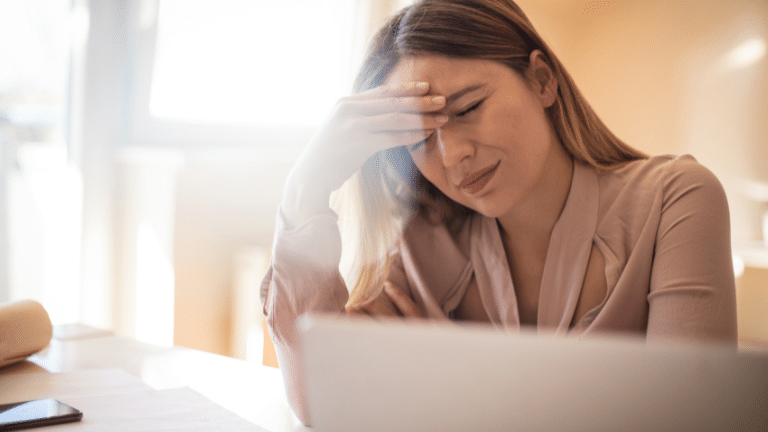
Caffeine causes migraines, right? Well, yes, but it can also help treat them. This is what is called the Caffeine Paradox.
Professor Beata Bajorek, Clinical Academic Pharmacist, and researcher in HMRI’s Heart and Stroke Research Program says, “Pharmacologically, caffeine is a xanthine derivative, technically, a methyl xanthine. This class of agents does a few things physiologically, working on different receptors throughout the body including the heart, lungs, kidneys, smooth muscles, and central nervous system.”“Caffeine increases heart rate and constricts the blood vessels (vasoconstriction) which increases blood pressure and increases blood flow. It’s part of the stimulant effect on the circulation which boosts physical performance.
“It relaxes and dilates the airways leading to the lungs, has an anti-asthmatic effect (it’s given as an injection in premature babies to help open up the airways!), causes diuresis via the kidneys (makes you pee a lot more) and stimulates the central nervous system to improve alertness,” Professor Bajorek.
Regarding the association between caffeine and headaches and migraines, Professor Bajorek says that for anyone who regularly consumes caffeine, especially if they have it a few times a day at high strength, may experience a withdrawal headache.
“We don’t know the exact reason for headache being a symptom of withdrawal but it is common when people are withdrawing from any medication, substance or alcohol,” says Professor Bajorek.
“In terms of caffeine being a trigger for headaches and migraines, besides a withdrawal headache, in some patients there may be a sensitivity to consuming caffeine that triggers a reaction. It’s not that common but it does happen. Again, the mechanism is not clear but it is a type of hypersensitivity reaction that’s not necessarily related to how much caffeine is consumed.
“For the most part, the association between caffeine and headaches and migraines relates to stimulation of the cardiovascular system. In most headaches and migraines, the pain that is experienced is, at least in part, due to the changes in blood flow in the brain. Caffeine causes vasoconstriction (tightening of the blood vessels), which is then followed by vasodilation (relaxation). It’s the changes in pressure and blood flow that cause the pain.
“That’s why caffeine can be both a trigger for headaches and migraine AND a treatment option. If you don’t often consume caffeine, each time caffeine is used (especially if it is a strong coffee) it can trigger a headache or migraine because the brain is not used to the change in blood pressure and blood flow.
“Equally, if you are withdrawing abruptly after regularly consuming caffeine, stopping caffeine can trigger a headache or migraine. Once again, the brain is now suddenly experiencing a big change in blood pressure and blood flow.
“In both cases above, taking caffeine plus a simple analgesic like paracetamol or aspirin or ibuprofen can help with treating the pain of the headache or migraine. This is because adding back a small amount of caffeine will help lessen the change in blood pressure and blood flow, while the analgesic will help with the pain. You might take one or two doses of caffeine plus an analgesic and then just take the analgesic without the caffeine.
“For people who do not consume caffeine but experience headaches or migraines, using caffeine plus simple analgesics can also be helpful. Changes in blood pressure and blood flow are not just caused by caffeine consumption or withdrawal. There are other causes such as stress or lack of sleep. The addition of caffeine to a simple analgesic is not as useful in these people as it is in people where the caffeine has been the trigger,” says Professor Bajorek.